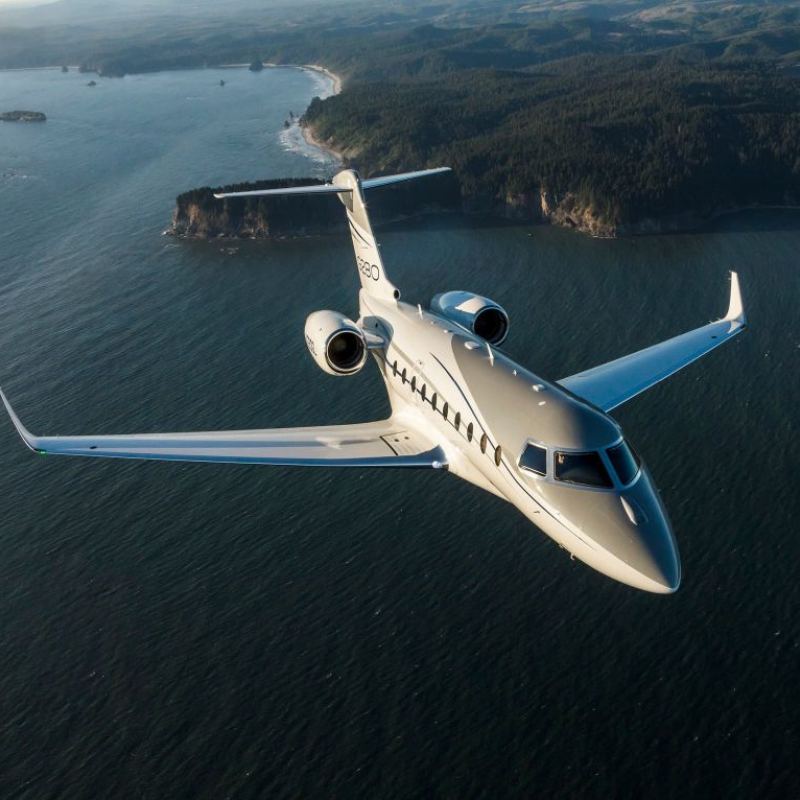
25May
Eco-friendly Efforts in Business Aircraft Manufacturing
Push for sustainability in business aviation has become one of the most discussed topics in the industry. Efforts of carbon neutrality have already entered the cabins of bizjets, closely following attempts in executive airliners. Tendency to go green is involving OEMs, completion and refurbishment centers, and last but not least components providers.
For example, manufacturer Gulfstream Aerospace has its suppliers´ code conduct, where “environmentally conscious business practices” are mandated. This is one of their ways to push sustainability forward. Environmentally friendly materials are built-in across the whole Gulfstream´s cabin with extensive use of renewable natural fibers like wool and cotton or materials which are derived from renewable sources, e.g. composite veneers or natural latex. Some of these can´t be even visible, as they are integrated behind the walls, inside the furnishing, or under the floors.
Eco-friendly design is not just a matter of used material. Carbon footprints can be also reduced by implementing new technologies, which are becoming increasingly sophisticated and integrated. Much focus on increasing sustainability in Gulfstream has been through technology. The shining example is the data concentration network onboard the new Gulfstream G500 and G600. In addition to operational benefits, this feature reduces the amount of wiring required and therefore saves weight, materials, and the environment. Efforts to make business aviation greener are becoming the main subject of the whole community and observing OEMs to adapt may be a great indicator of progressiveness.
For example, manufacturer Gulfstream Aerospace has its suppliers´ code conduct, where “environmentally conscious business practices” are mandated. This is one of their ways to push sustainability forward. Environmentally friendly materials are built-in across the whole Gulfstream´s cabin with extensive use of renewable natural fibers like wool and cotton or materials which are derived from renewable sources, e.g. composite veneers or natural latex. Some of these can´t be even visible, as they are integrated behind the walls, inside the furnishing, or under the floors.
Eco-friendly design is not just a matter of used material. Carbon footprints can be also reduced by implementing new technologies, which are becoming increasingly sophisticated and integrated. Much focus on increasing sustainability in Gulfstream has been through technology. The shining example is the data concentration network onboard the new Gulfstream G500 and G600. In addition to operational benefits, this feature reduces the amount of wiring required and therefore saves weight, materials, and the environment. Efforts to make business aviation greener are becoming the main subject of the whole community and observing OEMs to adapt may be a great indicator of progressiveness.


